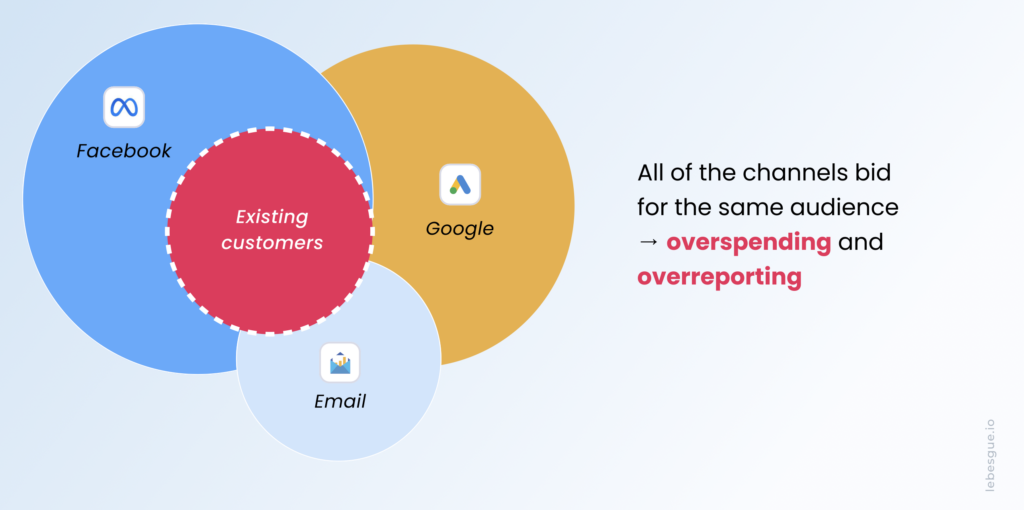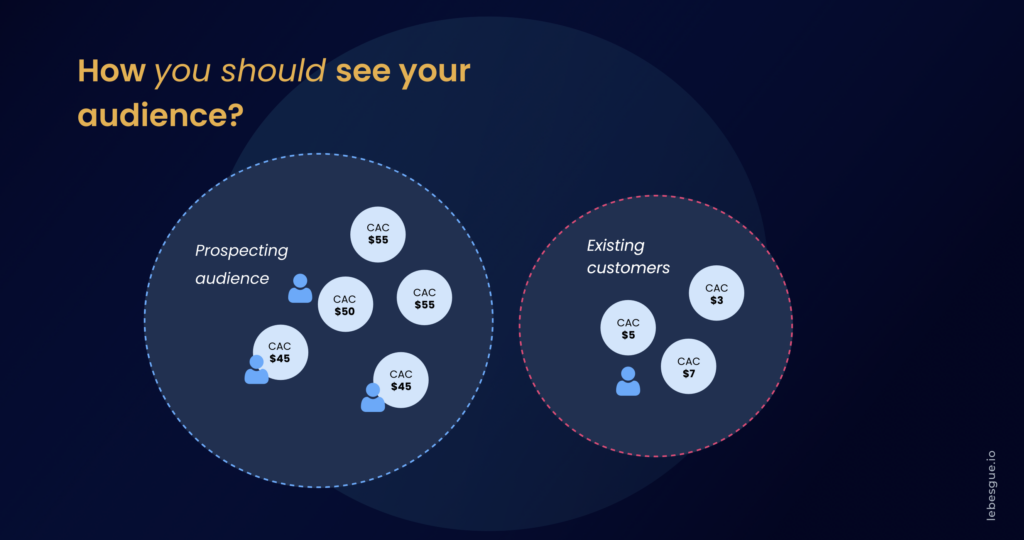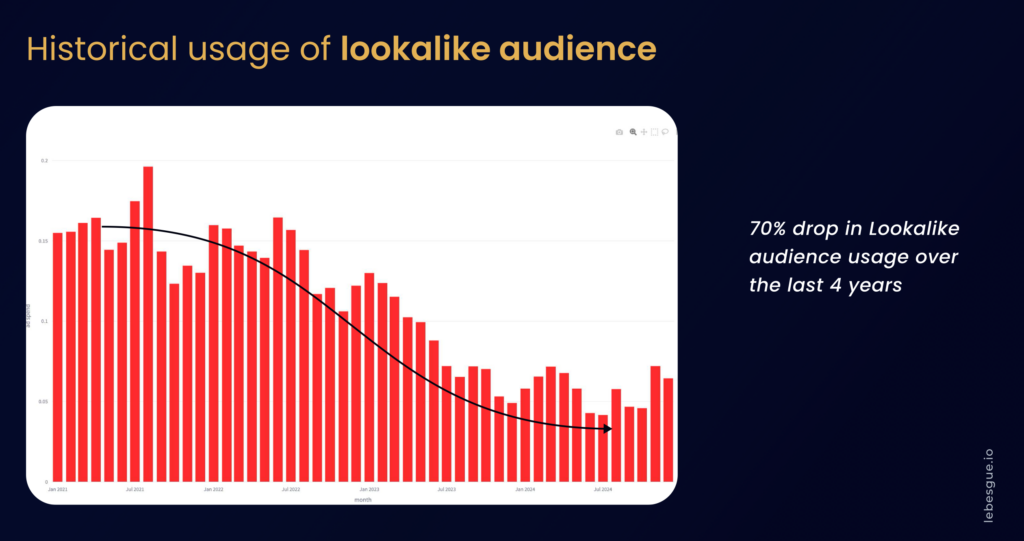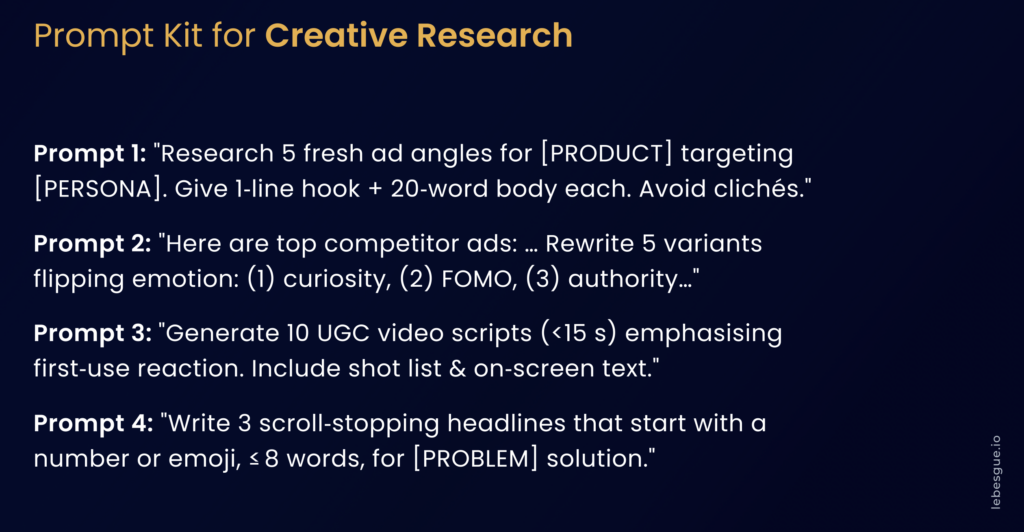If you’re a Shopify store owner or marketer looking for ways to keep your business growing, you’re in the right place. We recently hosted a webinar packed with practical insights, strategies, and tips to help you make the most of AI trends, privacy updates, Facebook and Google ad optimizations, and more.
Whether you’d rather read or watch, we’ve got you covered. This blog post breaks down everything we covered in the webinar, but if you’d like to watch the video instead, we’ll include a link below.
Why We’re Talking About This
A lot of Shopify store owners and marketers have been saying that ads just don’t work as well as they used to. You might have noticed the same – with privacy changes, new cookie policies, and rising costs, it’s easy to feel like your marketing budget doesn’t stretch as far as it used to.
But here’s the thing: it’s not all doom and gloom. During the webinar, we shared real-life examples of Shopify stores that are thriving. Some have seen big increases in revenue and profitability, even with tighter privacy rules and rising costs.
One fashion store we worked with grew revenue by almost 200% while spending 15% less on marketing. Another jewelry brand saw a huge jump in sales and a much better cost per acquisition. In fact, some smaller stores, including one that hadn’t broken the $1,000 revenue mark, managed to grow significantly in just a couple of weeks.
The key takeaway here? Success is possible – and we’ll show you how.

Framework for Running Profitable Ads on Meta and Google
A big focus of the webinar was on how to run ads profitably—whether you’re using Facebook, Instagram, or Google. The main idea is simple but powerful:
Focus your budget on new customer acquisition, not just retargeting people who already know your brand.
Here’s how we suggest doing that:
For Meta Ads
Set up your ad account to separate audiences: existing customers, engaged users, and new customers.
Allocate most of your budget to new customers—these are people who haven’t bought from you yet.
Install first-party tracking tools (like Le Pixel) to clearly track where your customers are coming from and avoid double-counting sales from multiple channels.
Exclude existing customers from your retargeting campaigns. You don’t want to pay to acquire a customer twice.
For Google Ads
Use a structured approach to campaign setup:
Non-branded campaigns for cold audiences.
Branded campaigns for people searching your brand name.
Competitor campaigns targeting searches for competing brands.
Exclude branded keywords from your PMAX campaigns to prevent cannibalization and misallocation of your budget.
Monitor and adjust your cost-per-click (CPC) to ensure you’re not overspending.
Don’t fall into the trap of chasing the lowest cost-per-purchase. Instead, focus on where your ads are driving first-time customers. This is what really drives growth and profitability.

Practical Tips and Hacks to Improve Your Performance
Once you’ve set up your campaigns to focus on new customer acquisition, there are a few extra tactics that can make a big difference:
Ditch outdated strategies
If you’re still relying on lookalike audiences on Facebook, it might be time for a change. Over the past few years, we’ve seen a 70% drop in lookalike audience performance. Broad targeting has become much more effective, so don’t hesitate to adjust your strategy.

Boost your ad engagement
Add a simple five-star emoji ⭐⭐⭐⭐⭐ to your Facebook ad descriptions. It’s a small change, but we’ve seen it result in a 20% increase in conversion rates.
Also, make sure your website shows clear, authentic product reviews near the top of the page. This helps reduce buyer hesitation and builds trust.
Match your budget to your product
For products with a lower average order value (under $150) and more impulse-driven buying behavior, focus your efforts and budget on Facebook and Instagram.
For higher-value products ($400 and up), where customers are more likely to research before buying, lean more into Google Ads and SEO.
Update your campaign structure
On Google Ads, split your campaigns into separate PMAX campaigns for high, medium, and low-margin products. This lets you control your budget more precisely and track which campaigns deliver the best results.
Use three search campaigns: non-branded, competitor keywords, and branded terms. Avoid the “catch-all” approach where everything is lumped into one campaign.
Using AI to Boost Your Ad Creative
One of the most exciting parts of the webinar was exploring how AI can help with ad creative and strategy. By using AI tools effectively, Shopify owners and marketers can find new angles for their ads, rewrite top-performing competitor campaigns in their own brand’s tone, and inject emotional triggers like curiosity, urgency, or authority into their messaging. This approach helps keep ads fresh and engaging, while also saving time.
Here are some practical queries you can use when working with AI to enhance your marketing:
“Rewrite this Facebook ad to sound more conversational and include a clear call-to-action.”
“Generate new Google Ads headlines and descriptions using proven conversion formulas.”
“Suggest creative angles for promoting [product name], focusing on different customer types.”
“Come up with ad copy ideas that add urgency and curiosity for this product launch.”
“Give me five new headline ideas for this product, based on successful competitor ads.”

Using AI in this way is not just about saving time—it’s about unlocking creativity and testing new ideas that might not have been considered before. Plus, with tools like Le Pixel and competitor insights feeding into AI models, the suggestions become even more relevant and impactful. This combination of automation and human oversight creates a smarter, more adaptable approach to marketing in an increasingly competitive space.
Tracking Your Performance and Setting Benchmarks
In the webinar, we talked about how important it is to track your ad performance and use benchmarks to guide your strategy. Knowing where your money goes—and what really brings in customers—makes a big difference.
For Facebook and Instagram benchmarks, keep an eye on two key metrics: click-through rates (CTR) and conversion rates. A good CTR is about 1.5% or higher. For conversion rates, aim for 1.2% to 1.5% or more. If your numbers are lower, it might mean your ads or offers need some changes.
With Google Ads benchmarks, watch your cost-per-click (CPC). For branded keywords, you should spend no more than $0.40 per click. For competitor keywords, around $2.50 is a good target. If your costs are higher, you might be overpaying and should adjust your campaigns.
One easy change that can help is to exclude branded keywords from your PMAX campaigns. This stops your budget from focusing too much on people who already know your brand. It frees up more money to bring in new customers.
Tools like Le Pixel can also help. It tracks where your customers come from and connects each purchase to the original ad or source. This way, you’ll know which ads bring in first-time customers and which just bring back existing ones.
Summing Up
We covered a lot in our recent webinar, from strategies to target new customers with Facebook and Google Ads to tips for improving your ad creative and tracking your results. The key takeaway? Focus on bringing in new customers, not just retargeting the ones you already have.
AI can help you come up with fresh ideas and make your ads more engaging. And don’t forget to track your key metrics like click-through rates, conversion rates, and cost-per-clicks. Use tools like Le Pixel to understand what’s really driving your sales and how to improve your strategy.
If you prefer watching, the webinar recording is available, and we’ll include the link below. But if you’re more into reading, this blog post has you covered with all the key points.



